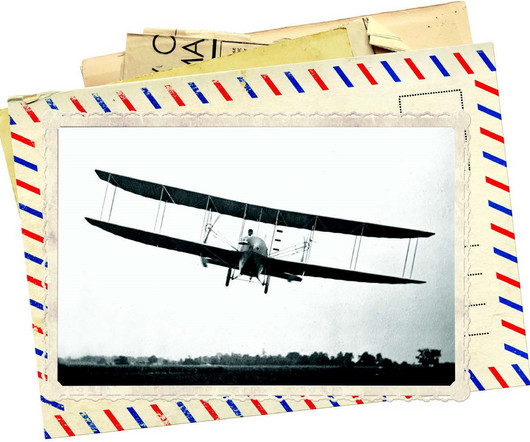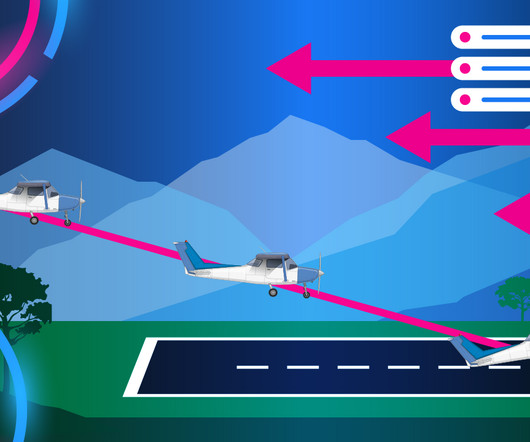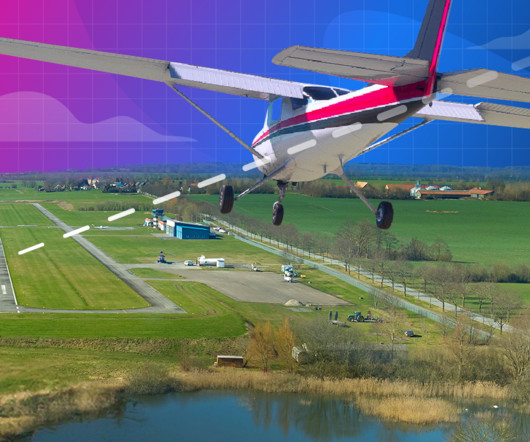There’s Something Essential in the Bank
Flying Magazine
MAY 1, 2024
The ability to bank is essential to controlled flight. Otto Lilienthal did it by shifting his weight, but for the much larger Wright Flyer the solution was to make one wing produce more lift than the other by twisting them in opposite directions. The wind hits the deflected surface of the aileron and pushes on it.











Let's personalize your content